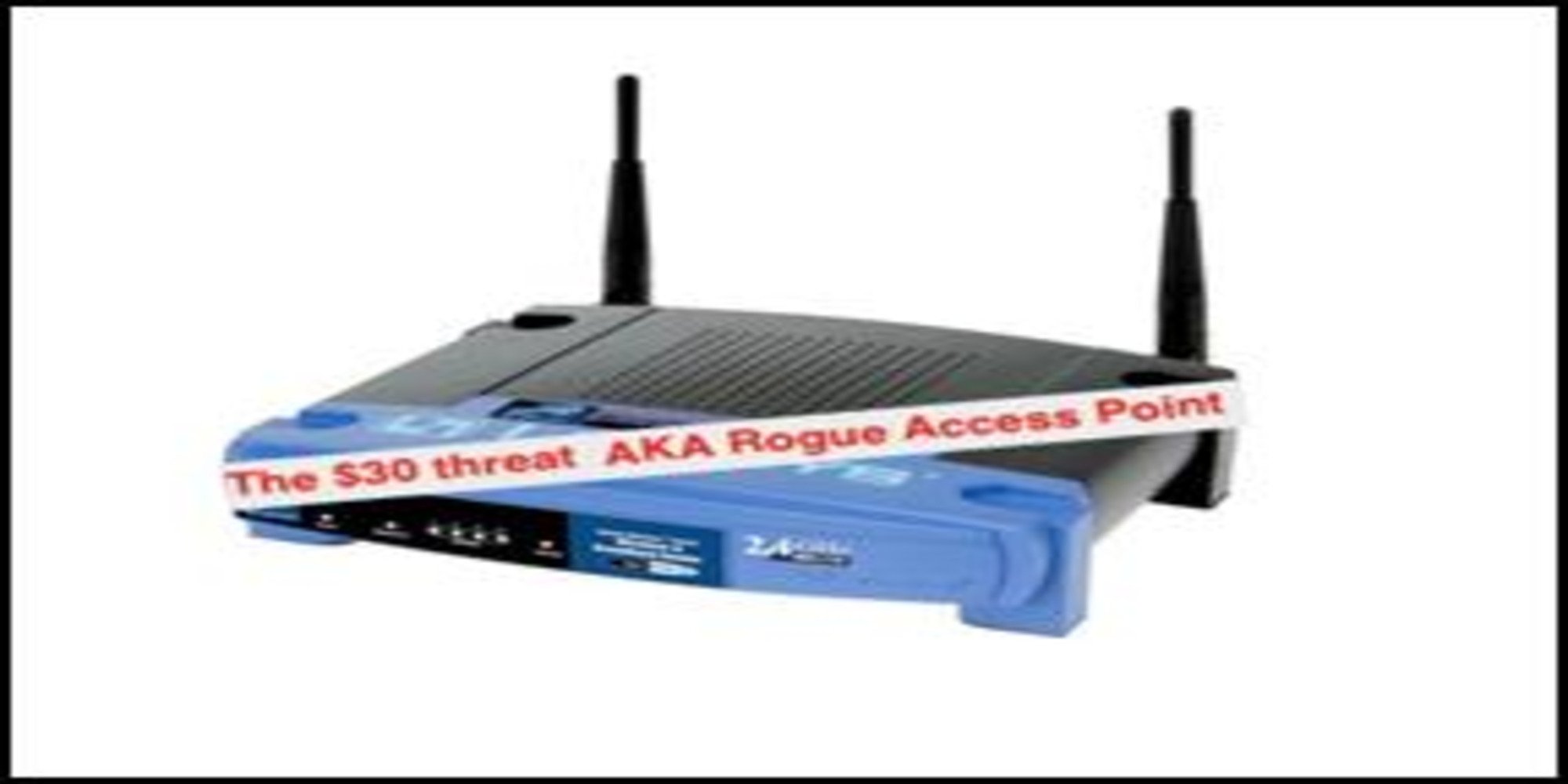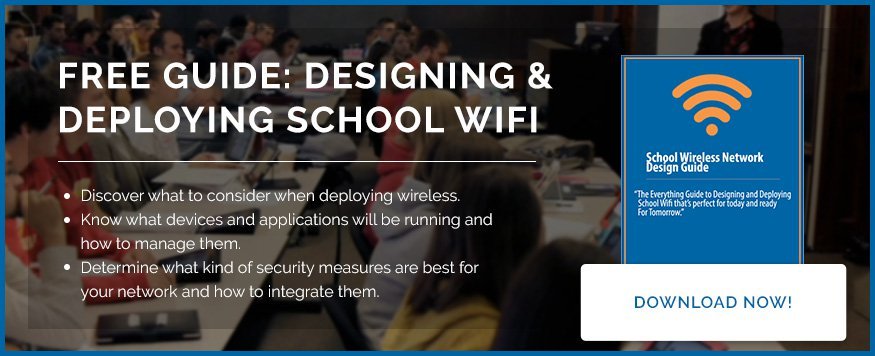
Many schools even today don’t have a campus WiFi network due to funding challenges or they may view it as unimportant. Some schools choose limited wireless coverage and may provide a few hotspots on campus in key areas like the library and cafeterias. But on today’s college campus or even in a K-12 School, there is a major security risk by not providing a school wireless network that is controlled (and secured) by the IT administrators. Here’s Why:
A rogue AP is an access point that is not configured or supposed to be on your school network, the problem is that if you don’t offer your own secure wireless at school chances are you have quite a few on campus that is are out of your control.
Here’s something to note, 90% of the time Rogue AP’s are placed on a campus network without malicious intent- it’s done by users that don’t have it otherwise.
Here are the top two ways we see Rogue AP’s in schools:
Example #1: The New Student:
Consider a college campus, freshmen move in the first day with an average of 3-5 devices needing wireless (Laptop, iPad, Xbox, PS3, Wii, Smartphone, laptop computer, iPod Touch, tablet PC, etc…) and find a single data port on the wall. Many of the devices they brought can’t even use a wired connection, so the first thing they do is plug in a router they pick up for $30 at the store. You now have a Rogue AP. (Not to mention if they accidentally plugged the routers LAN port into your network port and are now broadcasting DHCP on your LAN which can take down sections of your network.)
Example #2: The Uneducated Teacher:
Many teachers have limited technology and resources in the classroom today. Some well-intentioned teachers will even buy their own technology in the classroom (which is very respectable). The most common Rogue AP’s we see on campus are the teachers who want to use their laptop to show a video or use multimedia in class. But when this happens, The school’s network is now being blasted outside into the parking lot for anyone to use and potentially exploit. And depending on your network architecture, you may have just lost control of WHO is connecting, HOW they are connecting, and WHAT access they have.
Our recommendation (of course) is that schools today place a priority on providing multimedia grade wireless access for their students and teachers. Having secure wireless access is the best way to prevent unauthorized wireless networks.





